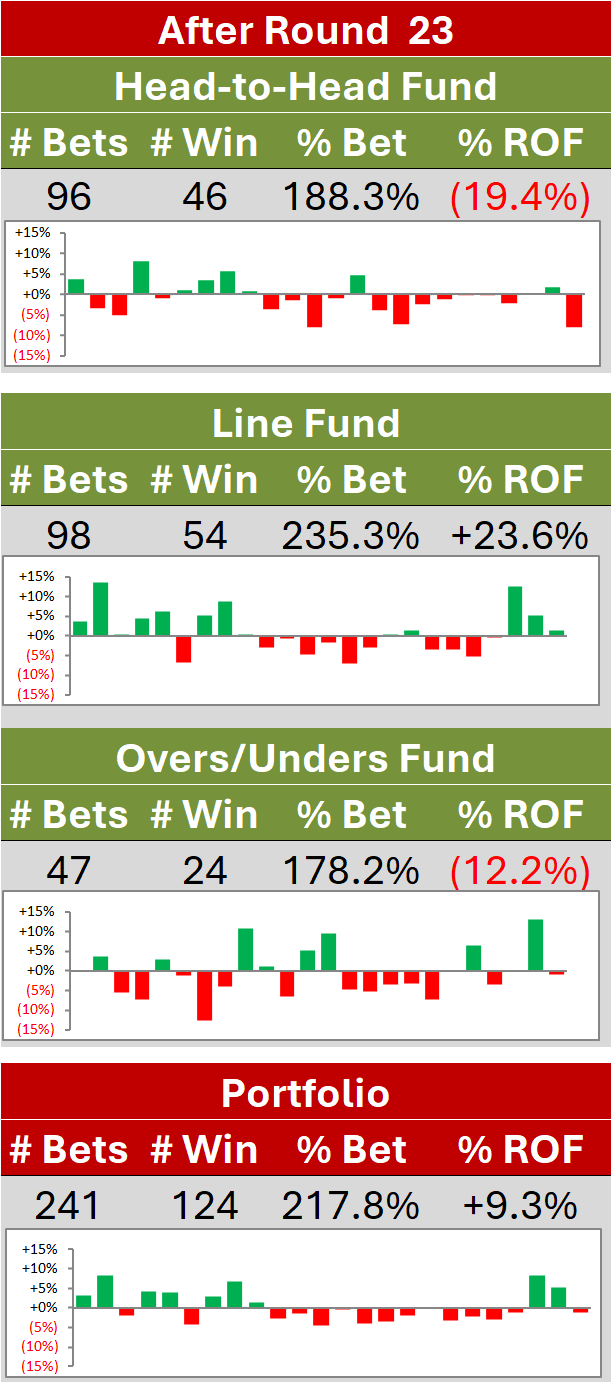Why AFL Handicap-Adjusted Margins Are Normal : Part II
/In the previous blog on this topic I posited that the Scoring Shot production of a team could be modelled as a Poisson random variable with some predetermined mean, and that the conversion of these Scoring Shots into Goals could be modelled as a BetaBinomial with fixed conversion probability and theta (a spread parameter).
Read More
